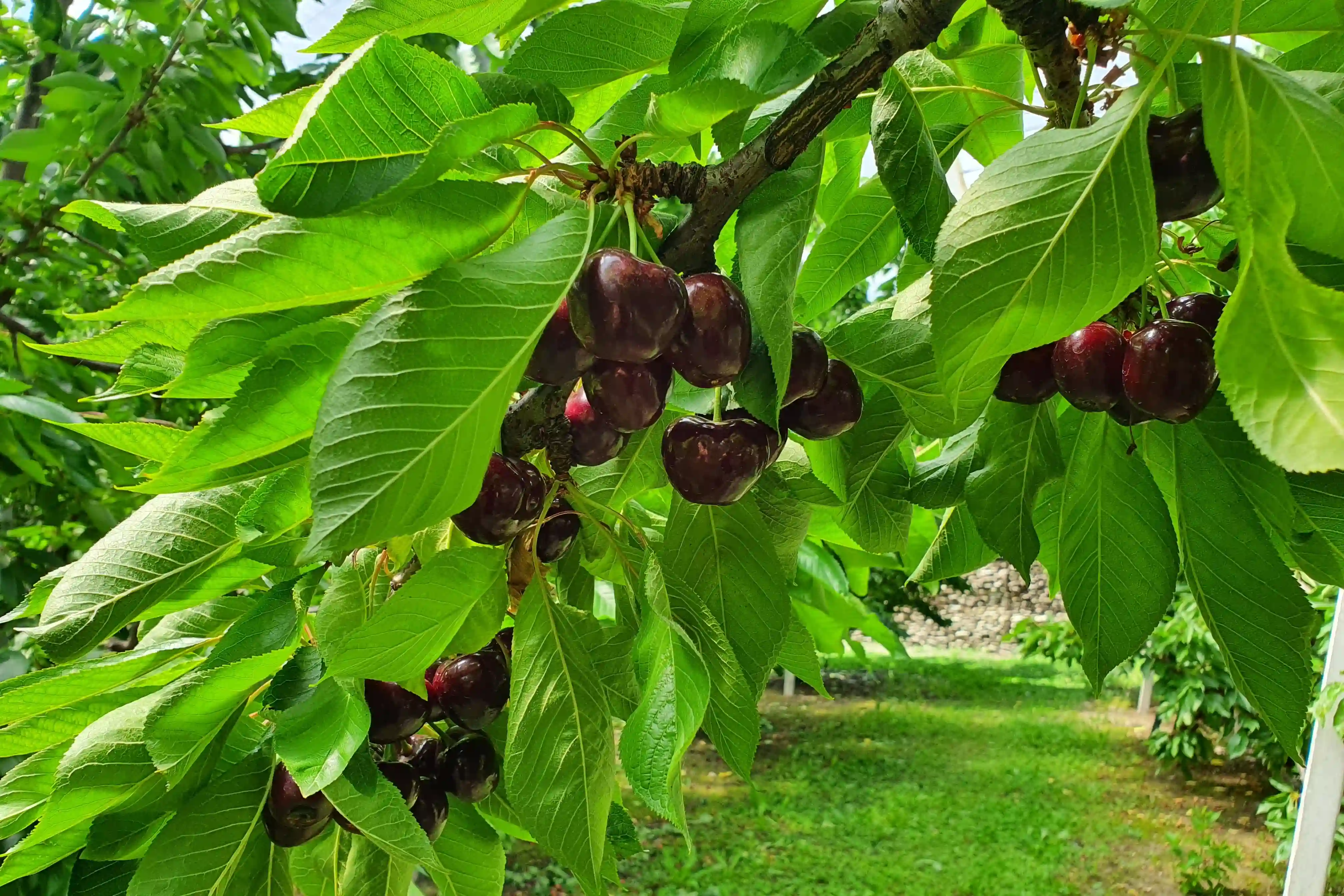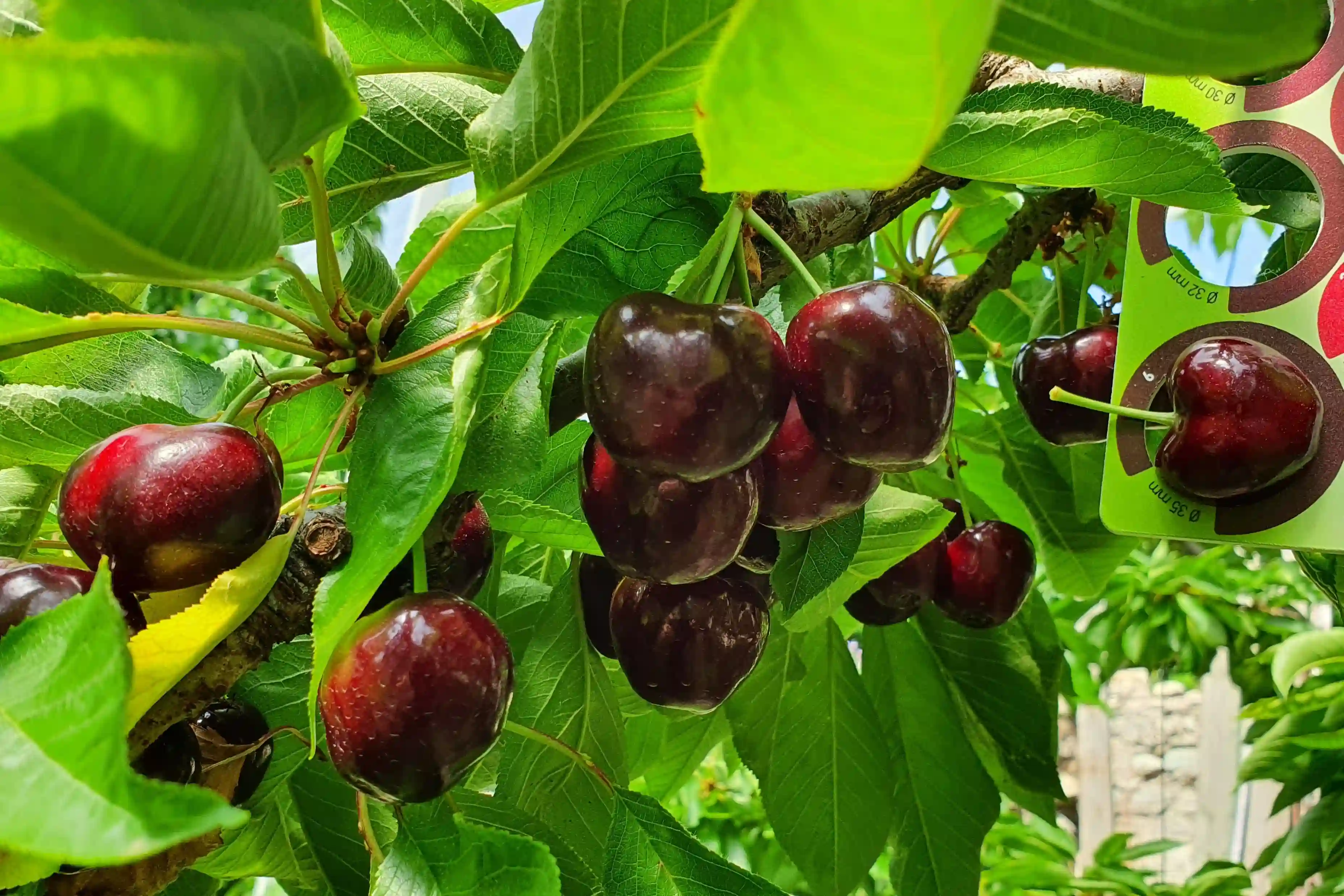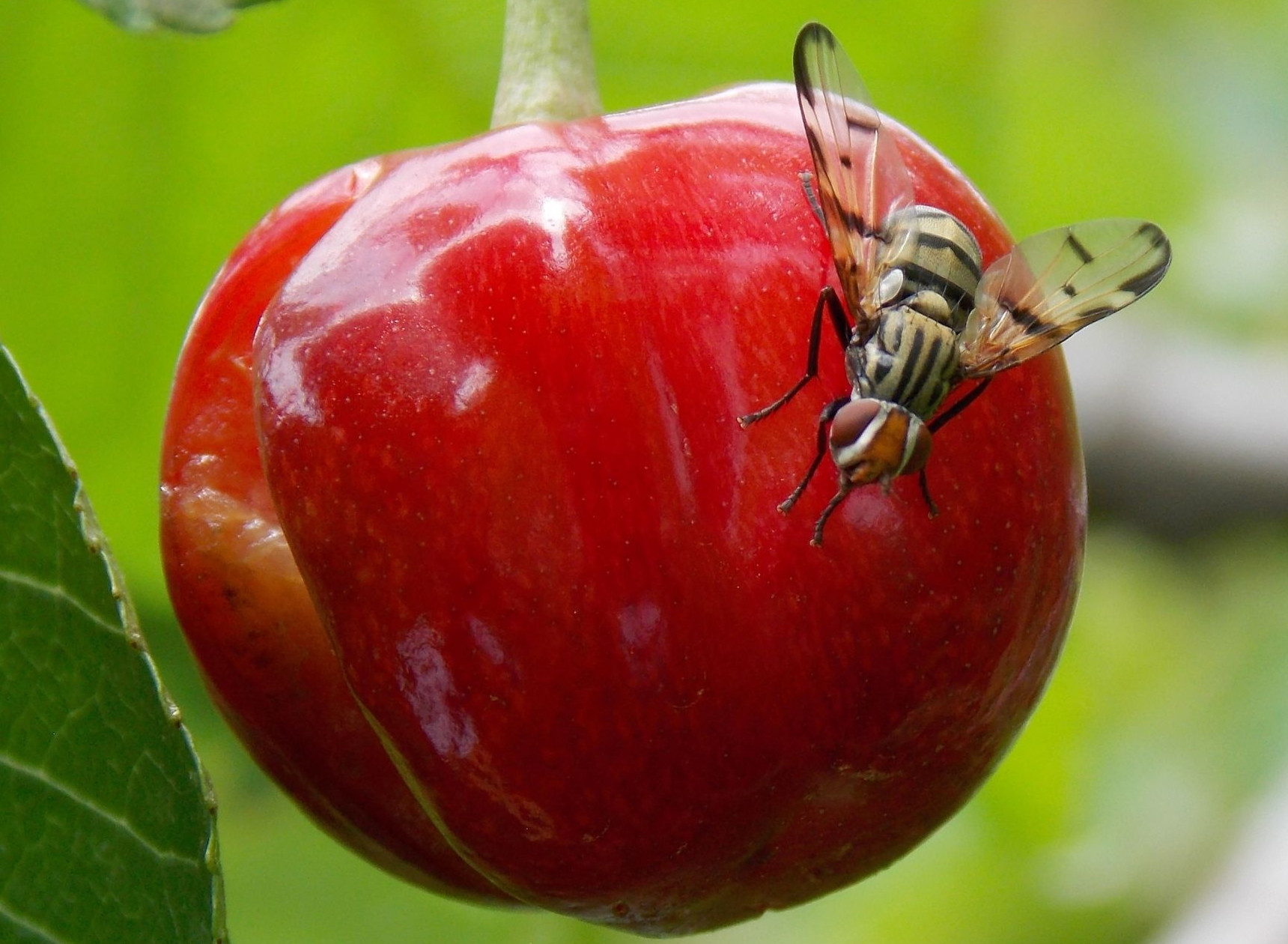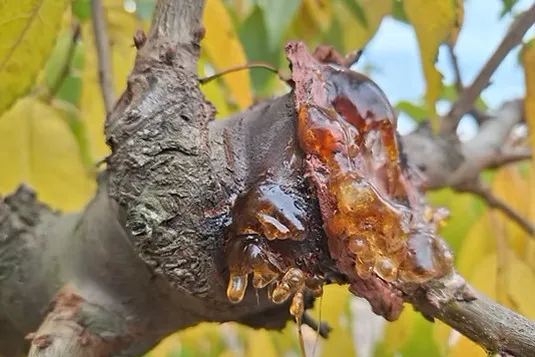On 11 April 2025, during the official visit of the Spanish Prime Minister, Pedro Sánchez, to Beijing, Spain and China signed a phytosanitary protocol that, for the first time, authorises the export of Spanish cherries to China. The agreement, concluded between the Ministry of Agriculture, Fisheries and Food (MAPA) and the General Administration of Customs of China (GACC), is the result of years of technical negotiations and marks a turning point in the international outlook of Spain’s cherry industry.
The entry into force of the protocol represents a strategic opportunity to diversify export destinations, which have so far been concentrated mainly in the European Union. The Chinese market stands out for its high phytosanitary standards, its growth potential and its preference for high-quality products with certified traceability and origin.
Spain’s cherry sector
Spain is one of the leading cherry producers in Europe, with an average annual output of around 120,000 tons over the past three years. The area under cherry cultivation has remained stable at approximately 29,163 hectares. Exports have increased steadily, reaching 32,363 tons in 2024, equivalent to 23.6% of total production. These shipments are primarily directed at European markets, reflecting the sector’s experience in meeting high standards of quality, certification and traceability.

The opening of the Chinese market, while requiring additional technical and logistical adjustments, occurs at a time of export maturity and positions the sector to take on new commercial challenges.
Protocol requirements
The protocol sets out strict phytosanitary requirements covering all stages of the export process, from orchard to final inspection. Only orchards, packing facilities and cold treatment units officially registered and approved by MAPA may participate. Operators must demonstrate full application of Good Agricultural Practices (GAP) and an Integrated Pest Management (IPM) system, including specific monitoring for twelve quarantine organisms of concern to China. These include the fruit flies Ceratitis capitata and Rhagoletis cerasi, whose presence would result in the consignment being rejected or destroyed, and the possible suspension of the operator involved.
A key component of the protocol is the mandatory cold treatment, which can be applied either at origin or during transit, under official supervision and electronic recording. Treatment parameters vary depending on the minimum pulp temperature achieved, ranging from 0.5 °C for fifteen days to 2.1 °C for twenty-one days. All data must be validated by MAPA before the phytosanitary certificate is issued.
Logistics and opportunities
The protocol also demands full traceability from orchard to container, the use of new packaging materials fitted with insect-proof mesh, and the physical separation of cherries intended for China from other produce. Each consignment will be inspected by MAPA prior to departure and subsequently verified by Chinese customs on arrival.

Production areas such as Valle del Jerte, Bajo Aragón, Alicante and Catalonia are well established and capable of supplying premium cherries in early summer. The opening of the Chinese market coincides with a favorable geopolitical context, marked by escalating trade tensions between China and the United States and the imposition of reciprocal tariffs on agricultural products. This scenario positions Spain as a strategic alternative,
offering a reliable and competitive supply to a market that values European origin, quality assurance and strict phytosanitary compliance.
High-value potential
In summary, this is a demanding protocol that not all operators will be ready to meet. However, it presents a high-value opportunity for those willing to adapt with professionalism and long-term vision.
📌 A more detailed article is available at El Mundo de las Cerezas, where readers can also access the full export protocol (PDF) and its technical specifications: https://elmundodelacereza.com/🍒-asi-es-el-protocolo-para-exportar-cerezas-a-china-desde-espana/
Jesus Alonso
Cherry Times technical-scientific committee
Cherry Times - Tutti i diritti riservati














